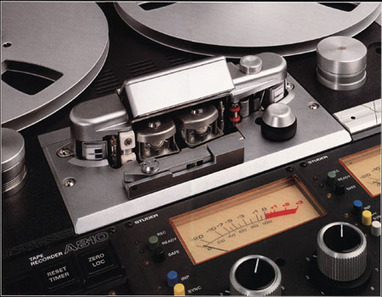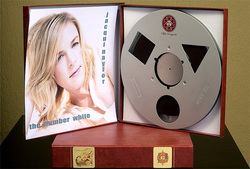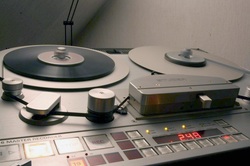Analog Master Tapes
Testi e grafiche di questo sito appartengono al proprietario e non possono essere utilizzati senza autorizzazione scritta.
All contents and graphics on this site are copyright and can not be used without permission.
Audio-activity è un marchio della MGP Srl - PI 01839210158
All contents and graphics on this site are copyright and can not be used without permission.
Audio-activity è un marchio della MGP Srl - PI 01839210158




